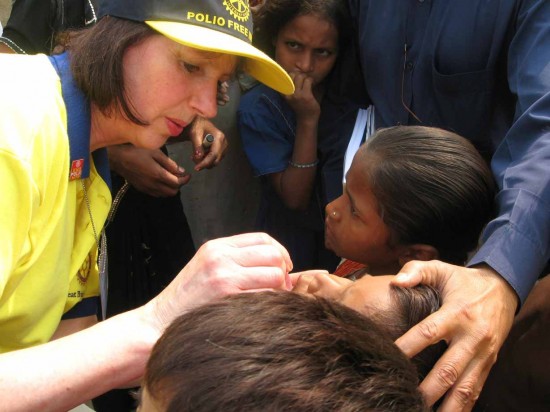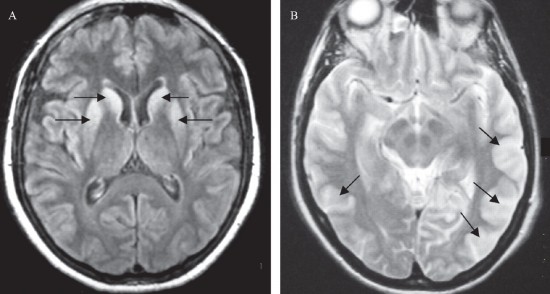Contemporary medicine has seen extreme advancement at controlling the variety of diseases which are affecting human beings. But with all these advancement in science & technology and advance medication, treatments, there are range of diseases with no treatment. Here is the List of top 10 diseases which affects humans every year.
8. Polio

Polio, often called crippled polio, or paralysis, is an acute infectious viral disease and is spreading from one person to another, primarily through the fecal-oral route. Although about 90% of polio infections cause no symptoms at all, affected individuals may exhibit a variety of symptoms if the virus enters the blood stream. In about 1% of the cases, the virus enters the central nervous system, preferentially infecting and destroying motor neurons, leading to muscle weakness and acute flaccid paralysis. Type of paralysis can occur, depending on the nerves involved. Cord, polio was the most common form, characterized by asymmetric paralysis that most often involves the legs. Bulbar polio leads to weakness of muscles innervated by cranial nerves. Bulbospinal paralytic polio is a combination of bulbar and spinal
7. Creutzfeldt-Jakob disease
Creutzfeldt-Jakob disease (CJD) is a rare, degenerative, invariably fatal brain disorder. It affects about one person in every one million people per year worldwide; in the United States there are about 200 cases per year. CJD usually appears in later life and runs a rapid course. Typically, onset of symptoms occurs about age 60, and about 90 percent of individuals die within 1 year. In the early stages of disease, people may have failing memory, behavioral changes, lack of coordination and visual disturbances. As the illness progresses, mental deterioration becomes pronounced and involuntary movements, blindness, weakness of extremities, and coma may occur.
There are three major categories of CJD:
- In sporadic CJD, the disease appears even though the person has no known risk factors for the disease. This is by far the most common type of CJD and accounts for at least 85 percent of cases.
- In hereditary CJD, the person has a family history of the disease and/or tests positive for a genetic mutation associated with CJD. About 5 to 10 percent of cases of CJD in the United States are hereditary.
- In acquired CJD, the disease is transmitted by exposure to brain or nervous system tissue, usually through certain medical procedures. There is no evidence that CJD is contagious through casual contact with a CJD patient. Since CJD was first described in 1920, fewer than 1 percent of cases have been acquired CJD.



